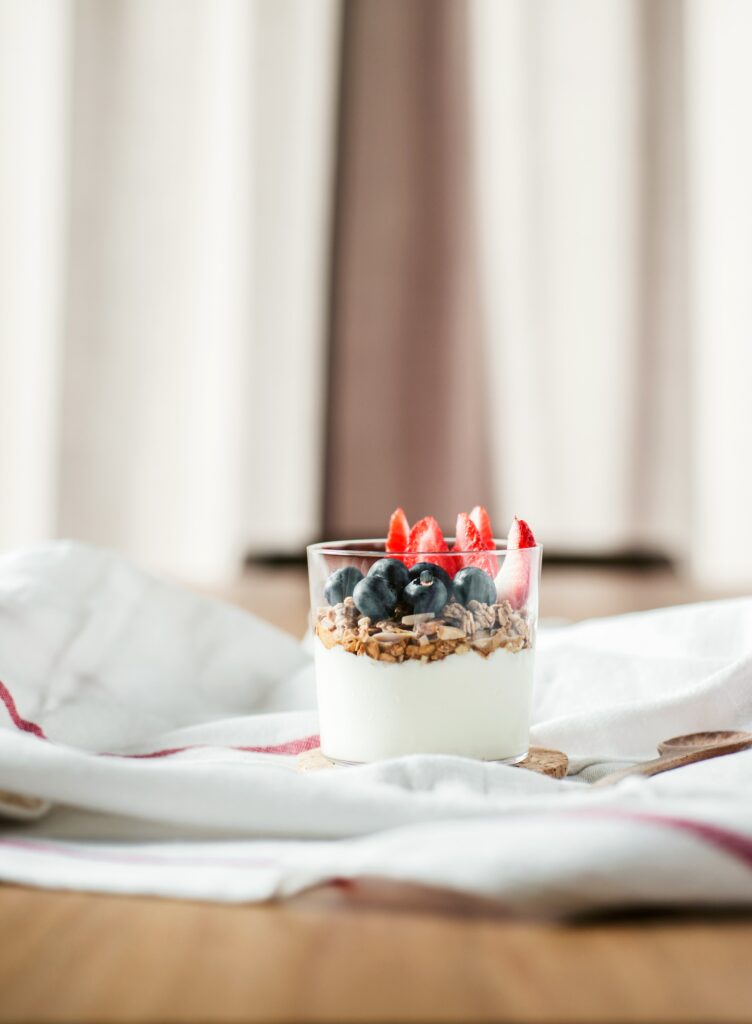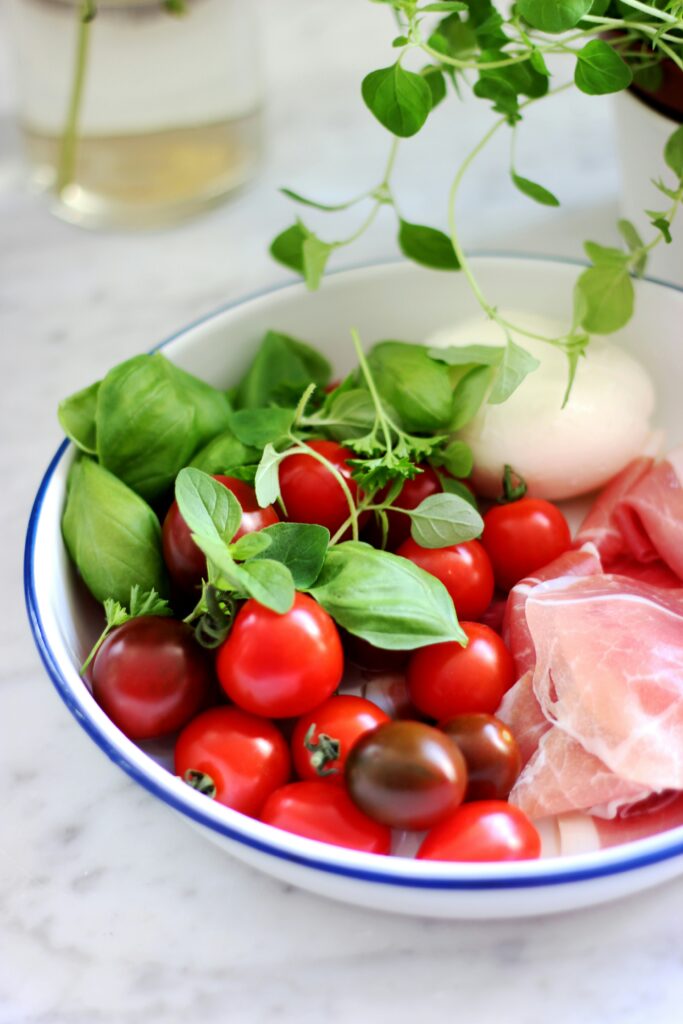How to stay on top of trade compliance
Topics

When it comes to assigning tariff codes to your goods, there are several good practices to adopt that make all the difference in determining the right code and ensuring trade compliance. Not only that, these practices ensure you form strong relationships with the people and companies in your trade compliance network to enable more efficient processes and cost savings, as a result. This is especially true for your suppliers.
Here, our Head of Technology Tim Ingram-Smith, outlines the successful practices he sees many organisations adopt to optimise the classification operation.
Know the trade environment
Goods that cross borders not only need to be classified with the correct tariff code to assign duty payments, but also require a customs declarations form. Trade compliance managers have an end-to-end role in managing this process, from the origin of goods, to the delivery of goods to the consumer. They facilitate the points where the goods pass from one jurisdiction to another. 
National governments, and supra-national organisations like the European Union, stipulate or negotiate special trade agreements, duty rates, quotas and flat-out sanctions across a whole range of criteria and your goods may be subject to sanctions. It pays to know the whole trading environment you’re operating in.
For each item you need to be sure of its Country of Origin and Country of Manufacture. For example, an electric-corded nail gun coming into the UK from the EU attracts a duty rate of 0%, but if the same products comes from China, it is assigned a 2% duty rate.
Know all the parts of every product
All manufactured goods are composed of constituent parts, likely made of different components, possibly made in different countries.
It’s worth creating a ‘product map’ which shows the raw materials that make up each item. For example, in the UK Trade and Cooperation Agreement with the EU, automotive components which originate outside the UK should be less than 45% of the price of the final vehicle (Source: UK-EU Trade Agreement).
As well as origin of goods, you’ll need to be aware of the InCoTerms that apply. International Commercial Terms are a set of short codes that signal the agreement being called into play when goods cross a border. For example, if your documentation says ‘DDP’ that means ‘Delivered Duty Paid’ which in turn means that the buyer can be sure, and is contractually accepting, that when they take delivery of the items from the transportation agent, that the duty has already been paid. Incoterms are common with big companies across Global Value Chains.
It’s crucial to be aware of the end-to-end journey of your goods from component manufacturer to assembly, transportation and import into destination country. This is where a solution like TariffTel can assist. TariffTel has a Vendor Portal where your suppliers can enter the relevant details about the products they are manufacturing. They know your products best after all!
Plan your paperwork
It’s a good idea to get your paperwork in order before your goods hit the customs queue. There are many questions to be completed on cross-border documentation, many of which can be handled electronically for more advanced countries.
You need to understand what your products are made of, as you may need to answer audit questions around, for example, deforestation rules or animal welfare. Have a read of our top tips for creating a good goods description.
Let’s face it, trade compliance can be complex, and ever evolving. Tariff arrangements don’t stand still and special arrangements and government announcements can happen at any time, whether beneficial to your product set or detrimental. TariffTel keeps business on top of any changes sending alerts whenever the duty changes on an item change, this immediate notification is crucial to ensure continual compliance with regulations. It also pays to keep your ear to the ground with special programs, preferential tariffs and trade agreements.
You can hear more from Tim in this video series from key takeaways from the Customs Compliance Conference.
Other Useful Resources
How to solve the challenges of complex food classification
In the world of food and drink, getting your product to market isn’t as simple as boxing it up and shipping it out. Be...
2025 tariff code changes affecting the humble tomato
The humble tomato, a staple of kitchens and markets worldwide. Recent updates to the tariff book now make this popular f...
How incorrect HS codes are driving up costs (and how to stop it)
Accurate customs classification can make or break a business’s bottom line. Yet, many companies underestimate the impo...



